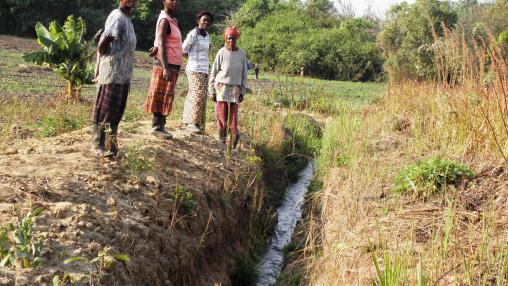
Climate Change Adaptation
As climate change continues to bring more frequent weather shocks, such as drought and flooding, and make rainfall patterns more erratic, smallholder farmers in developing regions like Africa south of the Sahara are often hardest hit. A new e-book from IRIN reports that mean temperatures in the region are expected to rise faster than the global average, leading to reduced agricultural yields and increased poverty and food insecurity.
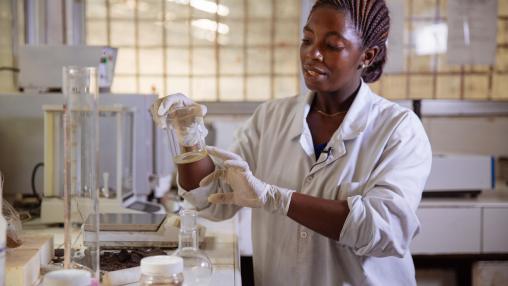
Agriculture's Complex Tasks
The agricultural sector in Africa south of the Sahara has taken on an increasingly complex role in the region’s overall development, playing a major part in poverty reduction, food security, economic growth, climate change resilience, job creation, and improved nutrition. West Africa has experienced substantial economic growth in recent decades, with many countries slated to enter middle-income status by 2030, according to a new IFPRI Discussion Paper .
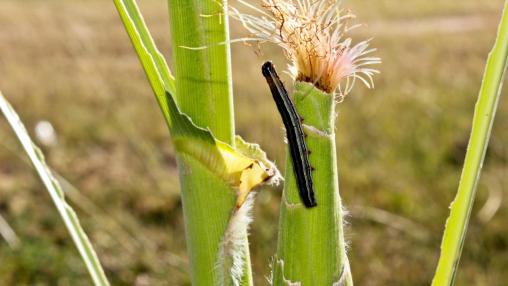
Controlling Fall Armyworm
Africa south of the Sahara continues to struggle against an invasion of Fall Armyworm. Since its first appearance in Nigeria in early 2016, the pest has spread to 28 countries. Driving the rapid spread of the pest is the region’s climate – fall armyworm tends to thrive in areas where drought is followed by heavy rains, a pattern that has intensified in recent years in many areas of Africa south of the Sahara.
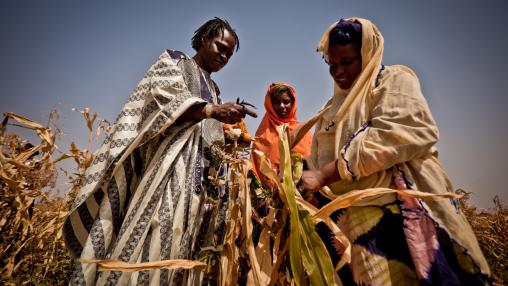
Conflict, Drought Continue to Hamper Food Security
FEWS Net has recently released regional updates for East Africa and West Africa , as well as a food security alert for the Horn of Africa .
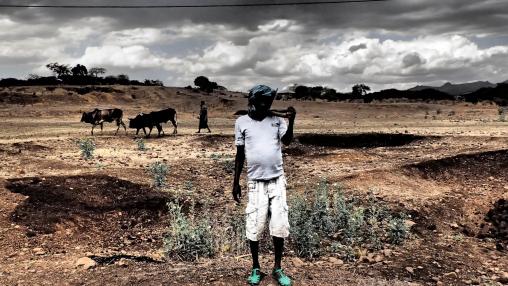
Adapting to Climate Change
Agriculture, much of it rain-fed, provides the main source of livelihoods in rural communities in Ethiopia. Drought has long been a challenge for Ethiopia’s farmers, but rural communities are facing new adverse effects due to climate change. A new study published in Agriculture & Food Security investigates how smallholder farmers perceive climate change, what adaptation practices they use, and what factors influence farmers’ adaptation decisions.
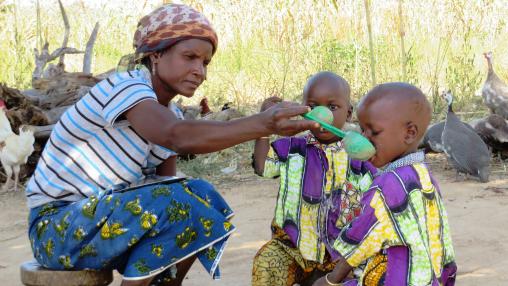
Improving Africa's Resilience: Regional Food Security Overview
Africa south of the Sahara currently faces a range of shocks - from civil conflict to increasing incidence of transboundary plant and animal pests and diseases to climate-related shocks stemming from both climate change and recent El Niño and La Niña weather phenomena. According to the most recent edition of FAO’s “Regional Overview of Food Security and Nutrition in Africa” , taken together, these shocks pose a threat to recent progress made in the region to attain food and nutrition security.
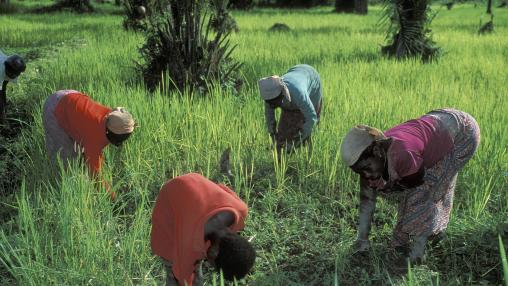
Can Africa Feed Itself?
Demand for cereals in Africa south of the Sahara could triple by 2050, and increasing current yields on the region’s existing farmland alone may not be enough to meet that demand, according to a new paper in the Proceedings of the National Academy of Sciences.
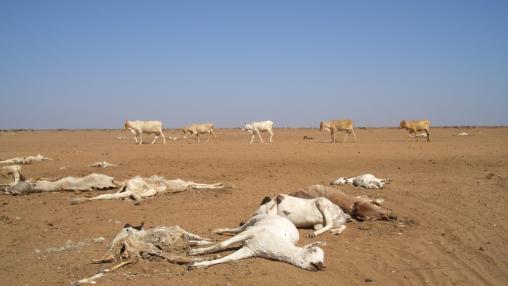
Drought Raises Food Insecurity in East Africa
Widespread drought is driving high food insecurity in several parts of East Africa, including central and southern Somalia, southeastern Ethiopia, northern and eastern Kenya, northern and eastern Tanzania, and southeastern Uganda. According to a special report released by FAO’s Global Information and Early Warning System (GIEWS), these areas received less than one-quarter of their normal rainfall from October to December.
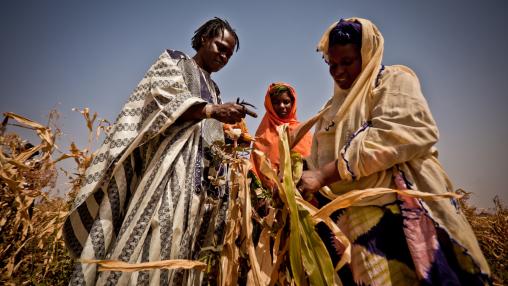
Weather Risks and Input Adoption
Maize makes up an important staple crop in much of Africa south of the Sahara, but maize production carries with it some inherent risks. One of the most significant risks faced by maize farmers is weather. Variable and heterogeneous weather conditions pose a challenge for Africa’s rain-fed crops like maize and have been identified as one explanation for the region’s low rates of fertilizer use and improved seed variety adoption, according to a new working paper released by IFPRI’s HarvestChoice program.
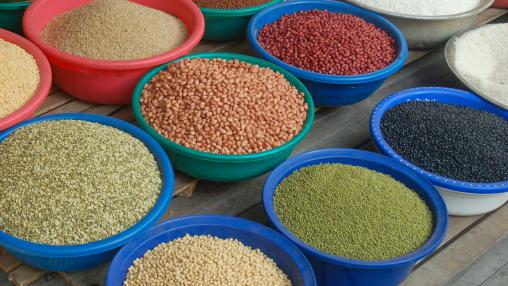
2016 ReSAKSS Conference Focuses on Nutrition
ReSAKSS: Achieving a Nutrition Revolution for Africa